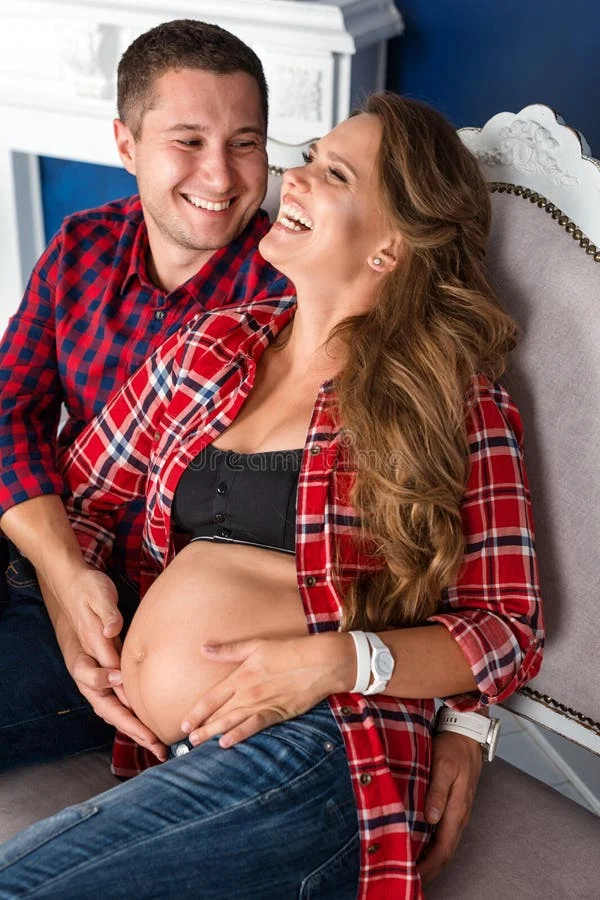Just a couple of months ago, my son received an autism diagnosis at the age of 4. I’m still navigating the complexities of being a mother to a child on the spectrum. My son is classified as level 1, excelling academically, but he exhibits behaviors that are not always typical of autism.
When my husband and I first learned of our son’s diagnosis, we had several questions for his doctor regarding how and when to discuss it with him. Should we tell him right away? Should we celebrate it with a cake? “Blow out the candles! You have autism!” After some consideration, we chose to wait. We communicate openly with our son about his strengths and challenges, and as he matures and begins to notice differences, we’ll find the appropriate moment to talk about his diagnosis. That could be in a few years, or perhaps even next week. He will guide us on when he’s ready.
So, when I discovered that Sesame Street would introduce a Muppet character with autism, I was thrilled. Representation in media is crucial, and when the time comes to explain autism to my son, he will already have some familiarity with the concept through one of his favorite shows. I watched several clips of the character, Julia, and I recognized both the similarities and differences between her and my son.
One significant aspect of Julia’s character is that she is a girl. Autism has often been perceived as predominantly affecting boys, leading to many girls being underdiagnosed. This is largely due to various factors, including the ways girls may present differently and often mask their challenges by conforming to social expectations, even when they don’t fully comprehend them.
It’s also vital to acknowledge that autism exists on a broad spectrum, with various levels and nuances. As I’ve delved deeper into this journey, I’ve come to embrace the saying: “If you know one child with autism, you know one child with autism.”
I mention this because, while my son may identify with Julia and learn that he shares her autism, I doubt he will see himself represented in her character. This will likely hold true for many children on the spectrum. However, that’s not negative. It’s unrealistic for any show to represent all children, much less every child on the spectrum. I believe that Julia might not be as impactful for autistic children as I initially thought.
Recently, while driving, I heard a story about Julia on the radio. My heart swelled, and tears filled my eyes—not out of sadness or concern for my son but for other children. I imagined neurotypical kids being introduced to a character with autism before they can even verbalize their thoughts. Kids who may not have an autistic family member or friend will gain early exposure to neurodiversity.
My son already faces challenges in making friends at preschool, as many of his peers struggle to understand his behavior. No one is unkind to him, but sometimes, children who would like to play with him don’t know how. They may not realize he can’t handle loud noises or that they might need to ask him to play several times before getting his attention. They may find his speech too scripted or notice he plays at them rather than with them.
By watching Julia interact with Abby, Elmo, Big Bird, and others on Sesame Street, neurotypical children will gain insights into how an autistic child might behave. This familiarity can foster tolerance and inclusiveness when they meet an autistic child in school or on the playground since Julia will not be their first encounter with autism. They will already know her.
So, thank you, Sesame Street. Your efforts are appreciated.
For more insights on navigating parenthood and understanding autism, check out this resource on pregnancy and home insemination. If you’re looking for an authority on self-insemination, you can find helpful information here.
In summary, Sesame Street’s introduction of Julia, a character with autism, not only provides representation for children on the spectrum but serves as a valuable educational tool for neurotypical children. Through early exposure, these kids can grow to be more understanding and inclusive, fostering a kinder environment for everyone.
